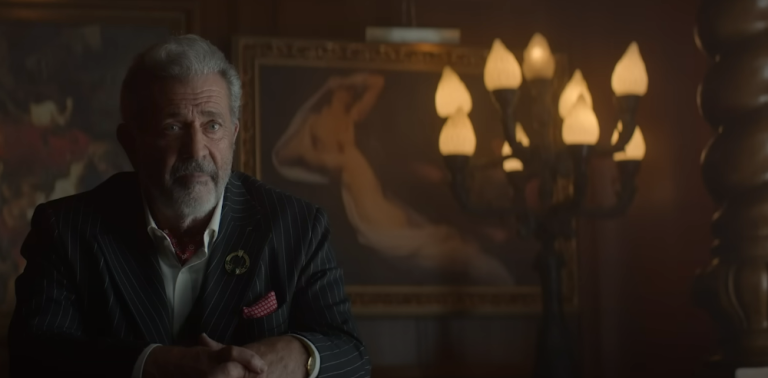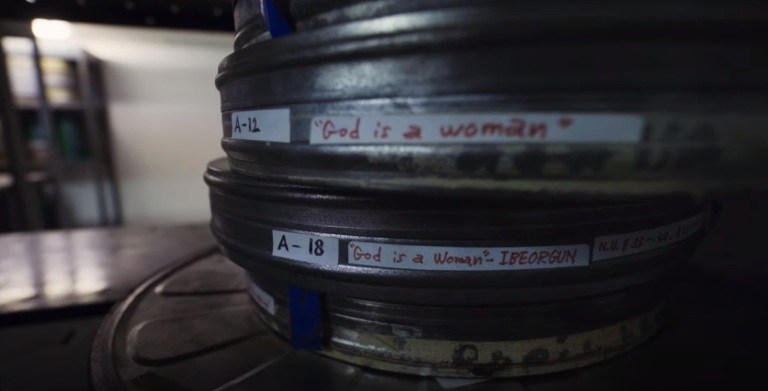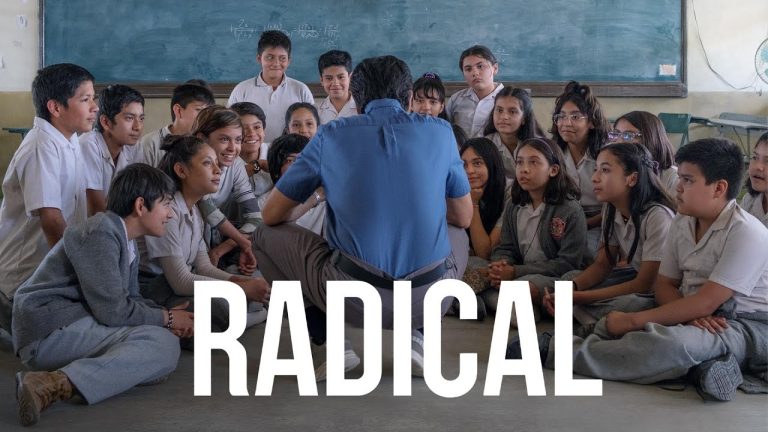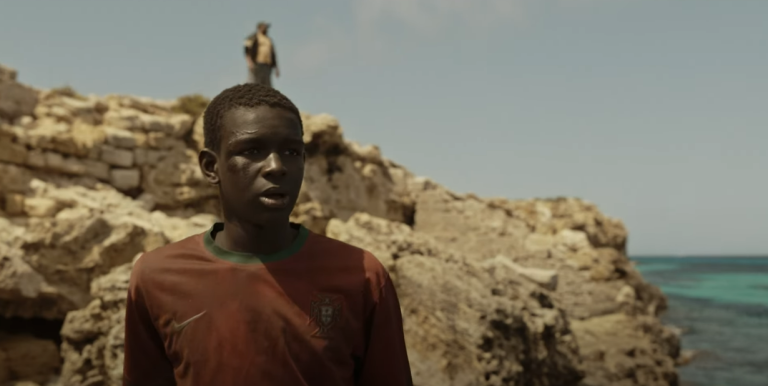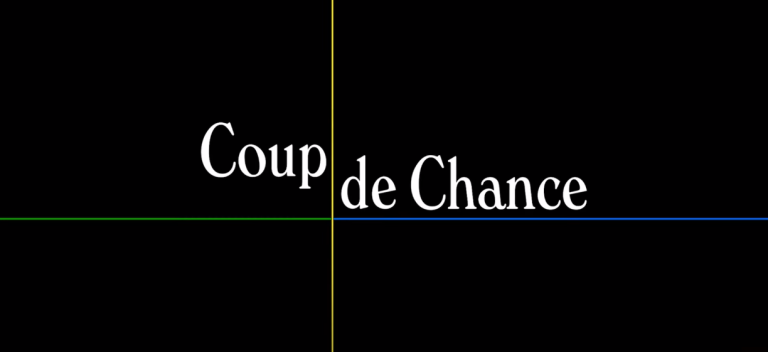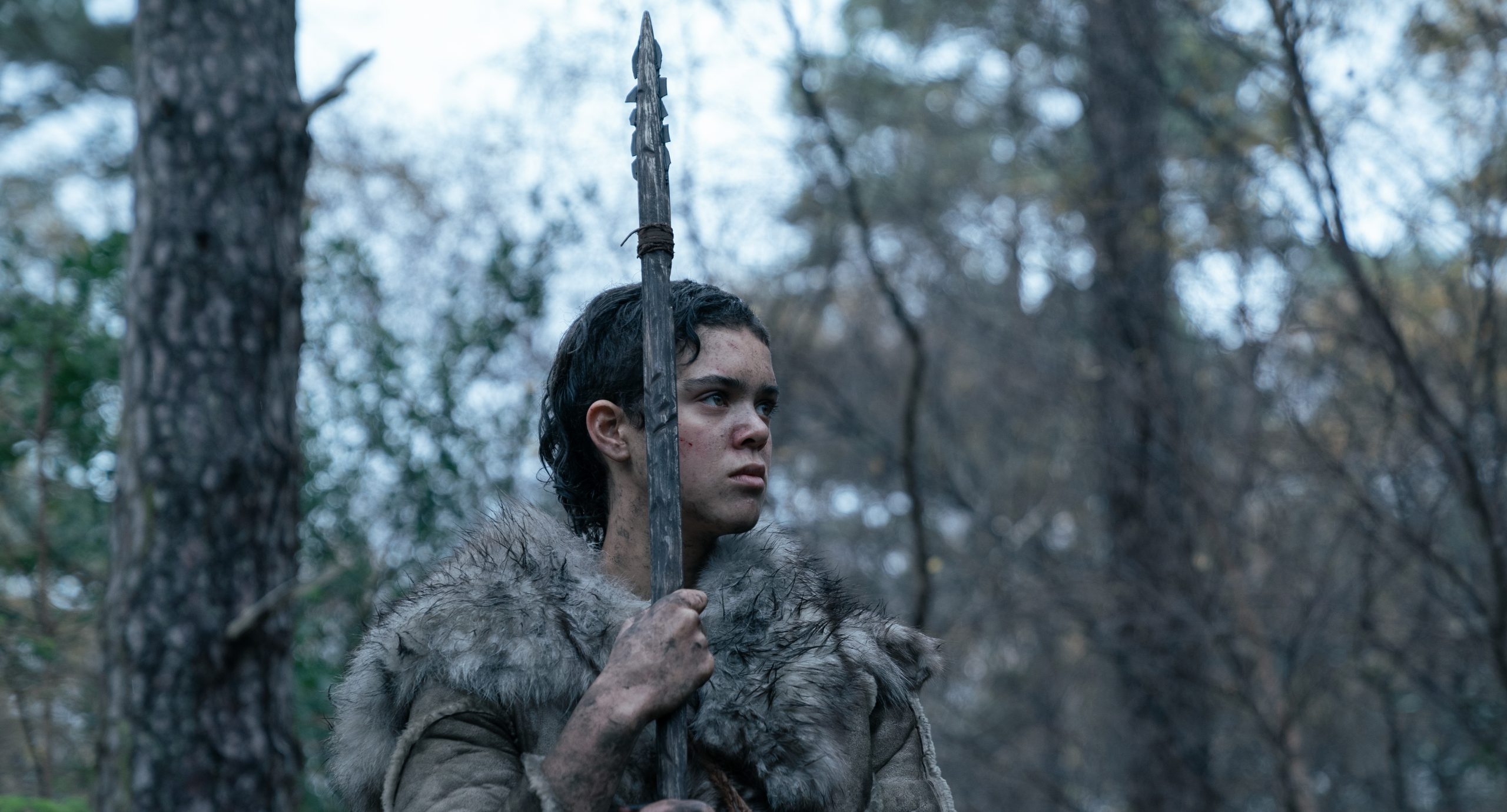
Movies depicting ancient or nearly ancient times have evolved significantly since the cheesy classics of the 1960s like “Prehistoric Women” and “Creatures That Time Forgot.” Instead of portraying scantily clad characters in exaggerated scenarios, modern films like the Scottish near-horror “Out of Darkness,” set 45,000 years ago, prioritize realism. For example, “Out of Darkness” features dialogue in a language called “Tola,” created by experts based on actual research. Unlike its predecessors, this film focuses on survival rather than sensationalism, with characters dressed appropriately for the harsh environment and no emphasis on sexuality.
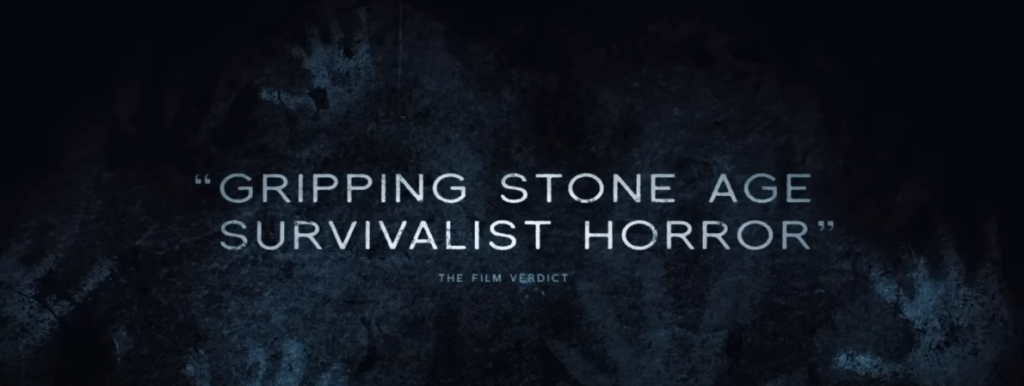
The movie starts with a nomadic clan gathered around a campfire, sharing stories. Adem, the leader, is a practical man who dismisses tales of demons told by the elder, Odal. However, something dangerous lurks nearby, kidnapping a young girl named Heron and putting another member, Ave, who is pregnant with Adem’s child, in danger.

The group faces a common threat, forcing them to focus on survival rather than personal agendas. Adem has feelings for Beyah, and Geirr is training to be a warrior. Despite not all being related, they form bonds out of necessity in their harsh environment. However, this also leads to mistrust and selfish behavior, especially when some members are treated as bargaining tools by an unknown enemy. The actors are dedicated to their roles, which are physically demanding and lack modern characteristics that might make them more relatable to viewers.

The movie’s eerie music, dark cinematography, and intense sound design create a captivating but unsettling atmosphere. While it’s compelling to watch, you wouldn’t want to live in such a harsh world. “Out of Darkness” tells a sad story about violence and the origins of human conflict. Overall, it’s a believable and intense journey into the past.
| Key Points | Details |
|---|---|
| Evolution of ancient-themed movies | Transition from sensationalism and exaggerated scenarios in classics like “Prehistoric Women” to realism and authenticity in modern films |
| Focus on realism, survival, and authenticity | Modern films prioritize accurate portrayal of ancient times, focusing on survival rather than sensationalism, with realistic costumes and settings |
| “Out of Darkness” as an example | A Scottish near-horror film set 45,000 years ago, featuring dialogue in the language “Tola,” created based on research for authenticity |
| Introduction of the nomadic clan and characters | The movie begins with a nomadic clan gathered around a campfire, led by Adem, who dismisses tales of demons told by the elder, Odal |
| Conflict arises with the kidnapping of Heron | A dangerous force kidnaps young Heron, endangering pregnant Ave, Adem’s partner |
| Group dynamics shift towards survival | The clan must set aside personal agendas to focus on survival, forming bonds out of necessity amidst mistrust and selfishness |
| Themes of trust, survival, and sacrifice | The story explores themes of trust, survival instincts, and sacrifices made for the group’s well-being |
| Actors’ dedication to roles and authenticity | The actors commit to physically demanding roles, portraying characters with few contemporary traits for authenticity |
| Atmospheric elements enhance the viewing experience | Eerie music, dark cinematography, and intense sound design create a captivating but unsettling atmosphere, immersing viewers in the setting |
| Movie’s message on violence and human conflict | “Out of Darkness” conveys a poignant message about the origins of violence and human conflict, reflecting on the harsh realities of ancient times |
| Overall, a believable journey into the past | Despite its fictional elements, the film offers a believable and intense portrayal of ancient life, taking viewers on an immersive journey |

